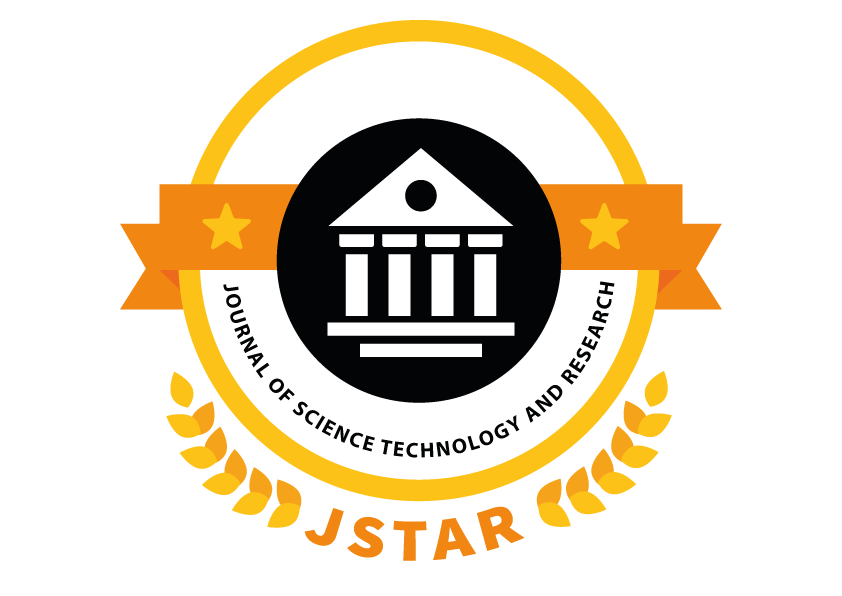Author:
S.Praveen Kumar, D.Magesh, Priya.N, Gomathy.A, S.UmaPublished in
Journal of Science Technology and Research( Volume , Issue )
ABSTRACT:
This research introduces a Collaborative Framework Based on Software for wireless sensor nodes to enhance event processing and detect malicious behaviors. It utilizes a two-stage distributed algorithm: setup with weighted proportional max-min fairness, and negotiation using a market-based approach for redistributing MANET nodes during dynamic events. To detect packet-dropping attacks, the proposed Collaborative Convolutional Neural Network (CCNN) calculates node reputation based on neighbor feedback regarding packet forwarding behavior. The simulation using a network simulator shows high performance, minimal bandwidth and latency overhead, and resilience even with routing changes and cryptographic security. Reputation values are shared and computed under various conditions. The collaborative security approach effectively counters misbehavior in MANETs and offers a promising direction for future research. Even with misbehaving nodes, the model maintains performance, enabling adaptive, distributed policy enforcement. This framework ensures secured, responsive collaboration between mobile nodes and strengthens trust relationships in decentralized mobile networks.
INTRODUCTION:
A Collaborative Framework Based on Software enables mobile nodes to interact directly without any fixed infrastructure. These nodes use wireless connections to communicate, either with nearby nodes or via intermediate relays. Unlike traditional networks that depend on firewalls, MANETs operate without defined boundaries. Therefore, enforcing trust becomes crucial. This framework introduces a deny-by-default architecture, which promotes secure communication using distributed policies. Moreover, Collaborative Framework Based on Software applications are increasingly vital. They support tasks like emergency response, military coordination, and environmental surveys. Each node builds trust by monitoring other nodes through direct and indirect observations. Since many routing issues arise from selective misbehavior and data sparsity, the system applies multiple trust attributes to improve reliability.In addition, the integration of Software-Defined Networking (SDN) adds centralized control without compromising mobility. As a result, this collaborative model suits dynamic settings like hydropower monitoring or animal tracking, where mobile, real-time, and adaptive coordination is essential.

